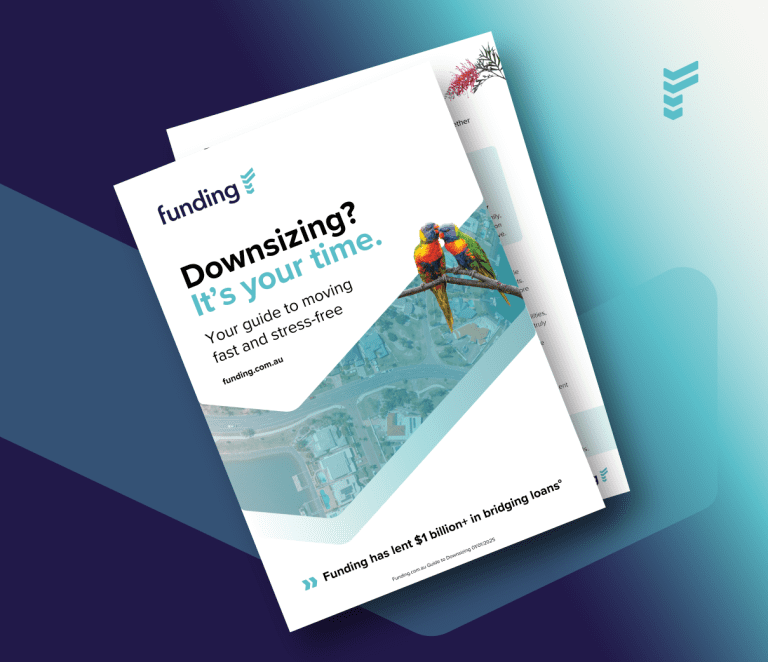Understanding short-term business cash flow
What is short-term business cash flow?
Short-term cash flow refers to the inflow and outflow of cash over a short period, typically within a year. It encompasses the money coming into the business from sales, investments, and other sources, as well as the money going out to cover expenses such as payroll, rent, utilities, and supplier payments.
Solutions for improving short-term cash flow
1. Invoice financing
Invoice financing, also known as accounts receivable financing, allows businesses to borrow against their outstanding invoices. This provides immediate access to cash that would otherwise be tied up in unpaid invoices, helping businesses maintain cash flow and cover expenses while waiting for customers to pay.
2. Business lines of credit
A business line of credit is a flexible financing option that allows businesses to draw funds as needed, up to a predetermined limit. Interest is only charged on the amount borrowed, and businesses can repay and redraw funds multiple times within the credit limit. This makes lines of credit ideal for managing cash flow and covering unexpected expenses.
3. Short-term business loans
Short-term business loans provide a lump sum of money that must be repaid within a specified period, typically ranging from a few months to a year. These loans can be used to cover immediate needs, such as purchasing inventory, paying suppliers, or handling other operational expenses.
4. Merchant cash advances
A merchant cash advance is a type of short-term financing where businesses receive a lump sum of money in exchange for a percentage of their future sales. Repayments are typically made through daily or weekly deductions from the business’s sales revenue, making it a convenient option for businesses with fluctuating revenue.
5. Credit card financing
Business credit cards can provide a quick and flexible source of funds for managing short-term cash flow. They can be used to cover a variety of expenses, and many cards offer rewards or cash back on purchases. However, it’s important to manage credit card debt carefully to avoid high interest rates and fees.
Operational strategies to improve business cash flow
1. Streamline invoicing processes
Implementing efficient invoicing processes can help accelerate cash flow. This includes issuing invoices promptly, setting clear payment terms, and following up on overdue payments. Offering incentives for early payments or implementing penalties for late payments can also encourage timely payment from clients.
2. Manage inventory efficiently
Effective inventory management can prevent cash from being tied up in excess stock. Regularly review inventory levels, forecast demand accurately, and negotiate favourable terms with suppliers to maintain an optimal balance between inventory and cash flow.
3. Negotiate payment terms with suppliers
Negotiating extended payment terms with suppliers can provide more time to generate cash from sales before having to pay for inventory or supplies. Establishing strong relationships with suppliers can also lead to more favourable terms and conditions.
4. Reduce unnecessary expenses
Conduct a thorough review of your business expenses to identify and eliminate unnecessary costs. This may include renegotiating contracts, finding more cost-effective suppliers, or reducing discretionary spending. Streamlining operations and improving efficiency can also lead to significant cost savings.
5. Improve sales and marketing efforts
Boosting sales can directly improve cash flow. Invest in targeted marketing campaigns, offer promotions or discounts to attract new customers, and focus on upselling and cross-selling to existing customers. Ensuring a steady stream of revenue will help maintain positive cash flow.
Leveraging technology for cash flow management
1. Cash flow forecasting tools
Cash flow forecasting tools can help businesses predict future cash flow based on historical data and projected income and expenses. These tools provide valuable insights that allow businesses to anticipate cash flow shortages and take proactive measures to address them.
2. Automated payment systems
Automated payment systems can streamline the invoicing and payment process, reducing the time and effort required to manage accounts receivable and payable. These systems can also send automatic reminders for overdue payments, helping to ensure timely collections.
3. Accounting software
Modern accounting software offers comprehensive cash flow management features, including real-time tracking of income and expenses, financial reporting, and budgeting tools. Using accounting software can provide a clear and accurate picture of your business’s financial health.
Conclusion
Managing short-term cash flow is essential for the sustainability and growth of any business. By leveraging solutions such as invoice financing, business lines of credit, short-term business loans, merchant cash advances, and credit card financing, businesses can address immediate cash flow needs. Additionally, implementing operational strategies like streamlining invoicing processes, managing inventory efficiently, negotiating payment terms with suppliers, reducing unnecessary expenses, and improving sales efforts can further enhance cash flow.
Illustrative example
Consider a small manufacturing business experiencing seasonal fluctuations in sales. During a slow period, the business faces a cash flow shortage and struggles to cover operational expenses. To address this, the business secures a short-term business loan to maintain cash flow. Simultaneously, they streamline their invoicing process and negotiate extended payment terms with suppliers. By combining these financial solutions and operational strategies, the business successfully navigates the slow period and stabilises its cash flow.
For more information on short-term financing options and how they can benefit your business, learn more about Funding’s Business Loans.


